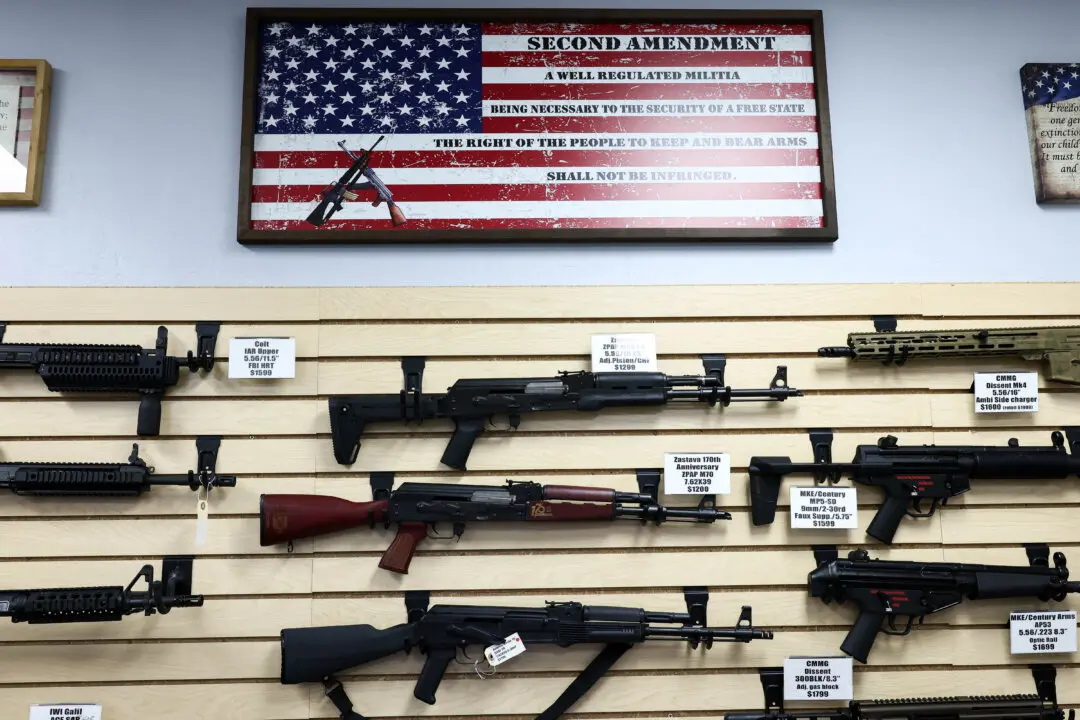Gun control proponents, the Bureau of Alcohol, Tobacco, Firearms and Explosives (ATF), and President Joe Biden say privately made firearms (PMFs), so-called “Ghost Guns,” must be more tightly regulated if law enforcement is going to control crime involving guns.
“It is probable that current trace data significantly underrepresents the number of PMFs recovered in crimes by LEAs due to a variety of challenges presented by PMFs,” ATF spokesperson Kristina Mastropasqua, wrote in an Aug. 23 email to The Epoch Times.





